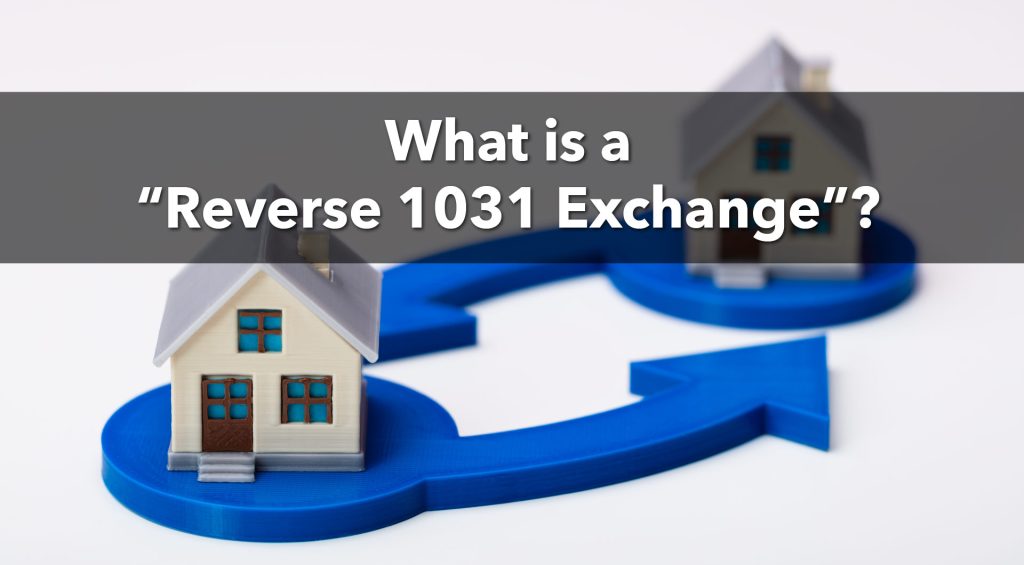Unlike a standard 1031 exchange, where a property owner sells their property and then acquires a replacement property, a reverse 1031 exchange involves acquiring the replacement property before selling the relinquished property.
Here are the general steps involved in a reverse 1031 exchange:
Engage a Qualified Intermediary (QI): Just like in a regular 1031 exchange, it’s essential to work with a Qualified Intermediary. The QI is a neutral third party responsible for facilitating the exchange and ensuring compliance with IRS regulations.
Set Up an Exchange Accommodation Titleholder (EAT): In a reverse exchange, an Exchange Accommodation Titleholder (EAT) may be used to take title to either the replacement property or the relinquished property during the exchange process. The EAT essentially holds the property until the exchange is completed.
Identify Replacement Property: The property owner identifies the replacement property that they intend to acquire. The identification must occur within the designated identification period, typically 45 days from the transfer of the relinquished property.
Acquire Replacement Property: The QI or EAT acquires the replacement property on behalf of the property owner. This involves holding title to the replacement property until the relinquished property is sold.
Sell Relinquished Property: Once the replacement property is secured, the property owner has a maximum of 180 days (the exchange period) to sell the relinquished property. The sales proceeds are then used to complete the exchange.
Complete the Exchange: The QI facilitates the transfer of the relinquished property to the buyer, and the exchange is completed. The property owner’s tax liability is deferred because the transaction meets the requirements of a 1031 exchange.
It’s important to note that reverse exchanges can be complex, and specific rules and timeframes must be followed to comply with IRS regulations. Professional advice, including guidance from a Qualified Intermediary and legal or tax professionals, is highly recommended when considering a reverse 1031 exchange to ensure compliance with all relevant rules and regulations.


